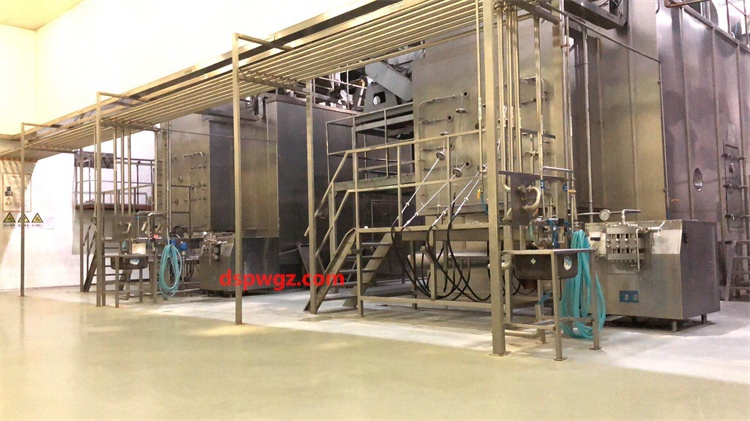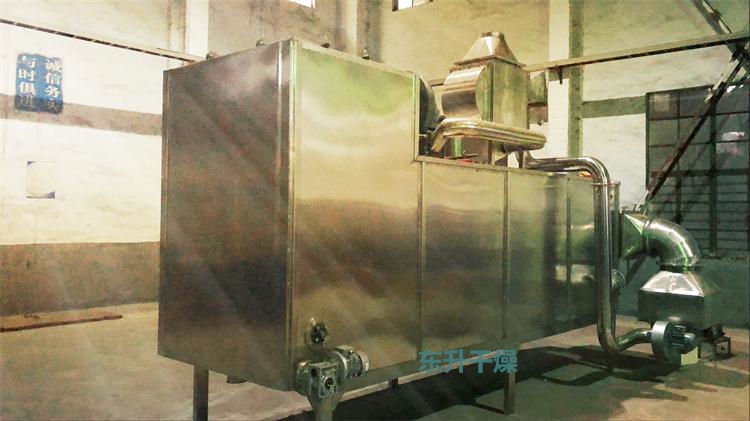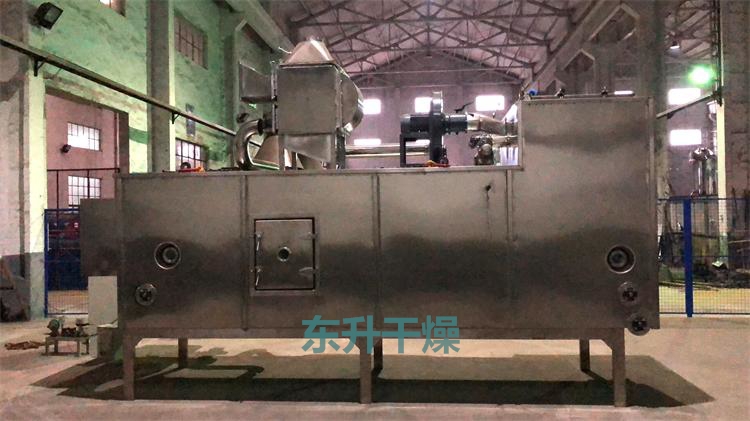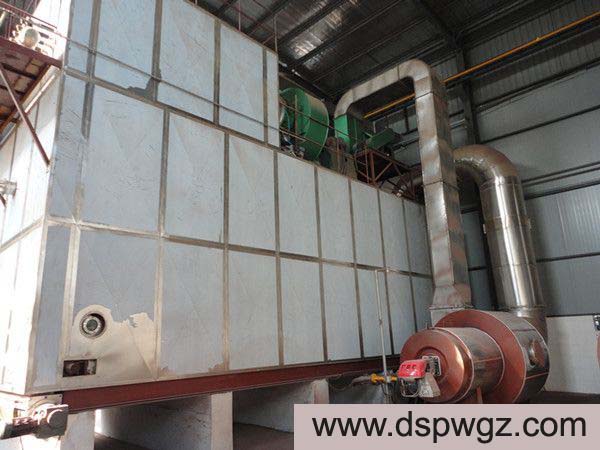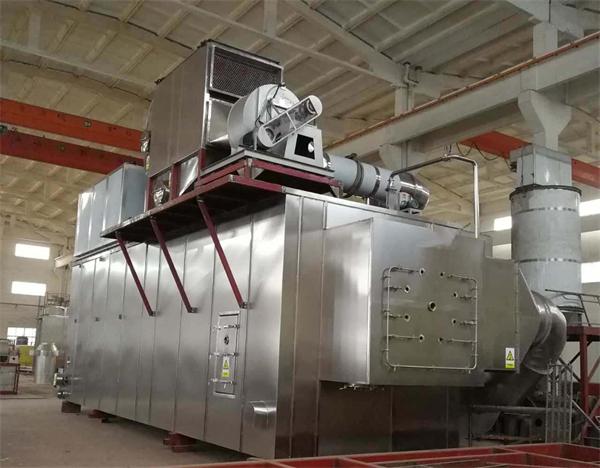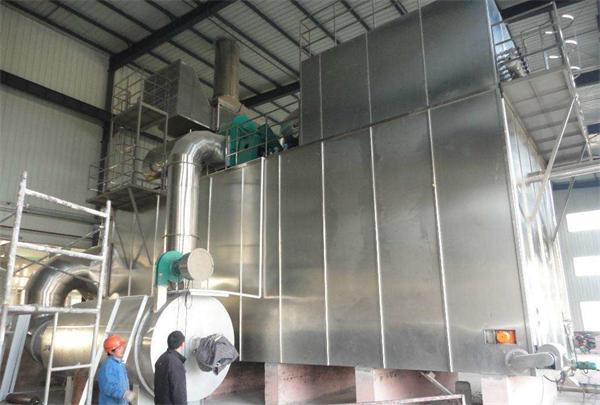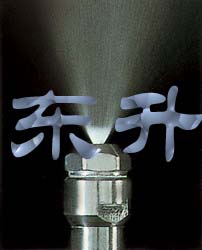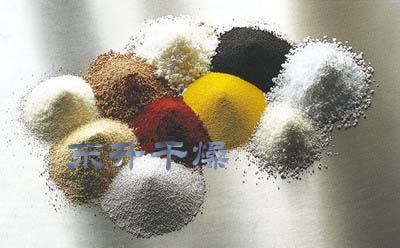Structure
1. heater
Because of the different heat sources used by the users, usually there are electric energy, steam, natural gas, flue gas, coal, oil and so on. The form control of the heating furnace is different. It can be selected according to the requirements of the products and the conditions of various places. For more details and the operation instructions of this type, please referred to the manual.
Following are types of conventional heaters:
1). Electric heater
2). Steam heat exchanger
3). Heat transfer heat exchanger
4) direct or indirect combustion of natural gas (or other gases).
5). Direct / indirect combustion of coal
6). Direct / indirect combustion oil
7). Flue gas
Currently, this machine adopts steam heat transfer, electric heating and direct heating of natural gas.
2.Air filter
According to different requirements, air inlet of the system is usually equipped with an air filter. Here are optional choices:
1). Rough air filter
2). Medium effect air filter
3). Subefficient air filter
4). High efficiency filter
5). High temperature and high efficiency filter
3.Hot air distributor
Hot air enters the drying chamber horizontally, hot air and droplets make exchanges of heating and mass. On the one hand, promote the contact of gas and liquid and strengthen the drying process. On the other hand, to prevent the wall of semi wet material from sticking to the wall.
4.Feed pump
Following are feed pump types of pressure spray dryer:
1). Screw pump
2). Gear pump
3). Homogeneous pump
4). Diaphragm pump (supporting stabilizing device)
5). High pressure hose pump
6). Pneumatic conveying
5.Pressure spray gun
Main advantages:
1). Simple structure and low cost
2). Easy maintenance and convenient assembly
3) compared with air flow and centrifugal type, atomization power is relatively lower.
The main disadvantages of the pressure spray gun are:
1). A high pressure pump needs to be matched.
2) Because the spraying hole is small, it must be filtered effectively to prevent from blockage.
3) spray sheet is easily worn, for larger wear materials, sprayed sheet should be made of wear-resistant material.
4). High viscosity material is not atomized easily.
6.Drying chamber
The drying chamber is composed of shell, frame, internal barrel body and insulation layer. There is frame between external barrel body and the internal barrel which is filled with thermal insulation cotton with 100mm. The design of a reasonable drying chamber size can meet the drying capacity while reducing the viscosity of the tower as much as possible. The hot air inlet and outlet of the drying room are respectively equipped with a thermal resistance measuring temperature, and the temperature indicator is installed on the electric operation cabinet. For observation of the spray condition, the drying room is equipped with an illuminating lamp and an observation window. In order to be convenient for cleaning, the drying room has a cleaning door.
7.Air-solids separator
According to the requirements of product characteristics and the environmental requirements of various materials, the dryer is equipped with the following air-solid separators.
1). Cyclone separator
2). Diffused separator
3). Bag dust collector
4). Wet dust collector
5). Settling chamber
6). Electrostatic precipitator
The wet dust removal is divided into Venturi wet and spray wet dust remover. The bag-type dust collector has several choices, such as conventional bag type, film covering bag, high temperature resistant bag type, anti static cloth bag and so on.
At present, the common separation device is a bag-type dust collector.
8.waste heat utilization device
From the tail gas, the waste heat is recycled and reused. The tail gas (temperature 80-120) will be heated to 40-70 C through the two indirect heat exchange of the device, which can greatly reduce the energy consumption of the dryer and reduce the operation cost by about 10-20%
9.The centrifugal fan and air regulator
The centrifugal fan is selected according to the capacity of the machine. The air volume of the fan can be adjusted according to the pressure of the tower and the inlet & outlet temperature. The adjustment form can be manual and automatic, and the electric actuator can be automatically completed by increasing the electric device.
10.Electric cabinet control
Here are some control types of spray dryer. You could choose it as per product requirement and control precision.
1). Conventional control
2).PLC control (touch screen control)
3).DCS control (computer control)
The operation of the whole machine is controlled by an electronic control cabinet.
The main control points are
1). Blower
2). Air blower
3). Electric heater or burner
4). Feed pump, etc.
The main regulating parameters are
1). Air inlet temperature
2). Air outlet temperature
3). Indoor pressure
Interlocking can be set according to configuration and requirements, such as interlocking of burner and fan.



